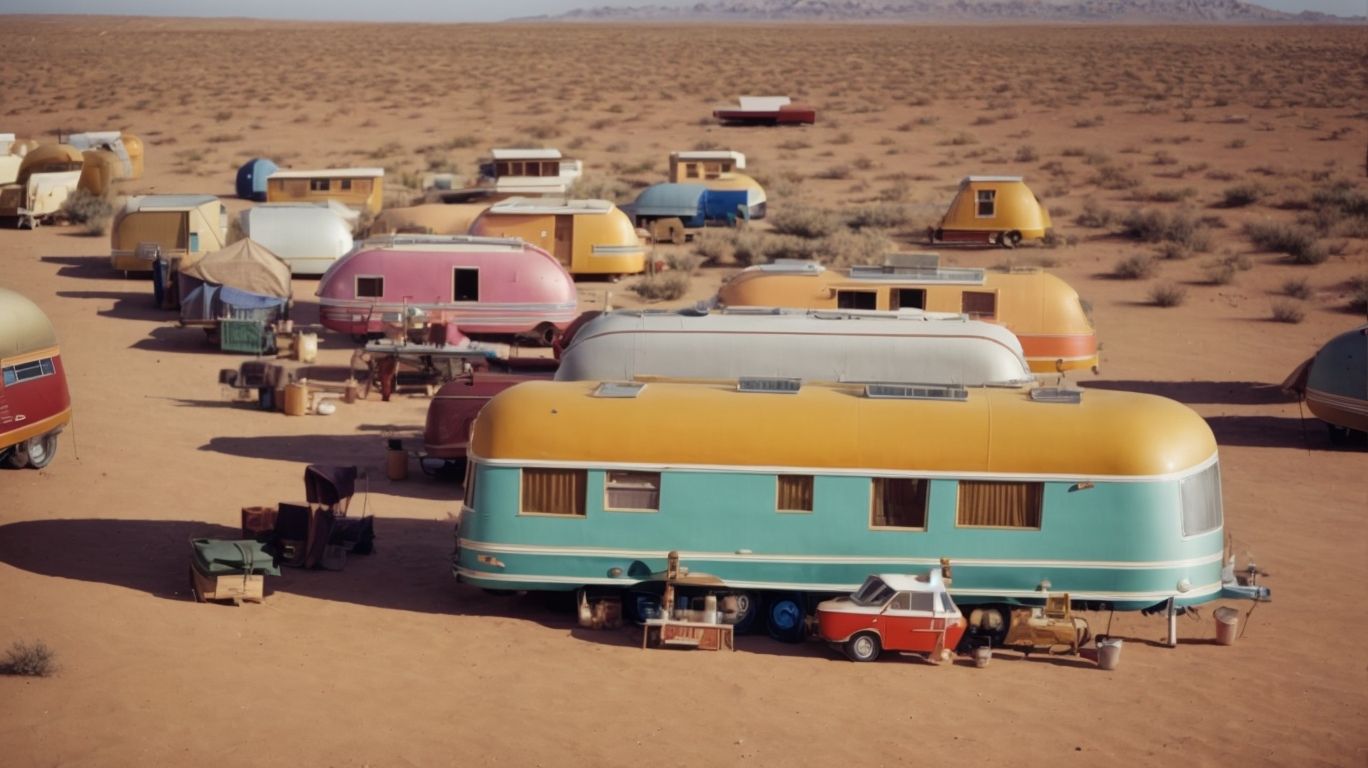Etymology and Definition
The term "caravan" originates from the Persian word "kārvān," meaning a group of travelers. Historically, it referred to groups of merchants, pilgrims, or travelers who banded together for safety while traversing deserts and other hazardous regions. In contemporary usage, especially in British English, "caravan" also denotes a type of travel trailer or recreational vehicle designed for living accommodations during travel.
Historical Significance
Ancient Trade Routes
Caravans played a pivotal role in facilitating trade and cultural exchange across vast regions. They were particularly prominent along the Silk Road, connecting East Asia with Europe, and across the Sahara Desert. These caravans transported goods such as silk, spices, and precious metals, fostering economic and cultural interactions between distant civilizations. The size of these caravans varied, with some, like the Muslim pilgrim caravans to Mecca, comprising over 10,000 camels. (britannica.com)
Caravanserais
To support these long journeys, caravanserais—roadside inns—were established along major trade routes. These structures provided travelers and their animals with shelter, food, and water, ensuring the continuity and safety of trade expeditions. (britannica.com)
Evolution into Modern Caravans
Early Recreational Use
The concept of the caravan evolved over time. In 1885, Dr. William Gordon Stables, a retired British naval officer, commissioned the first leisure caravan named "The Wanderer." This horse-drawn vehicle was constructed from mahogany and maple wood and featured amenities such as a bookcase, china cabinet, and piano. (crowsnestholidays.com)
Industrial Advancements
The early 20th century saw the development of motorized caravans. In 1919, Eccles Motor Transport introduced the first commercially available car-pulled caravan, marking the beginning of modern caravanning. (crowsnestholidays.com)
Types of Modern Caravans
Modern caravans come in various forms to suit different needs:
- –Travel Trailers: Towable units equipped with living amenities.
- –Fifth-Wheel Trailers: Larger trailers that connect to a pickup truck via a special hitch.
- –Pop-Up Campers: Compact trailers that expand to provide additional space.
- –Teardrop Trailers: Small, lightweight trailers with a streamlined shape.
- –Motorhomes: Self-propelled vehicles combining transportation and living quarters. (
facts.net)
Cultural Impact
Caravans have significantly influenced cultural practices, trade, and exploration. They facilitated the spread of goods, ideas, and technologies across continents. In modern times, caravanning has become a popular recreational activity, offering individuals and families the freedom to travel with the comforts of home.
Conclusion
From ancient trade expeditions to contemporary recreational vehicles, caravans have been integral to human mobility and cultural exchange. Their evolution reflects advancements in transportation and changing societal needs, underscoring their enduring significance in human history.
